Gartenstr. 48
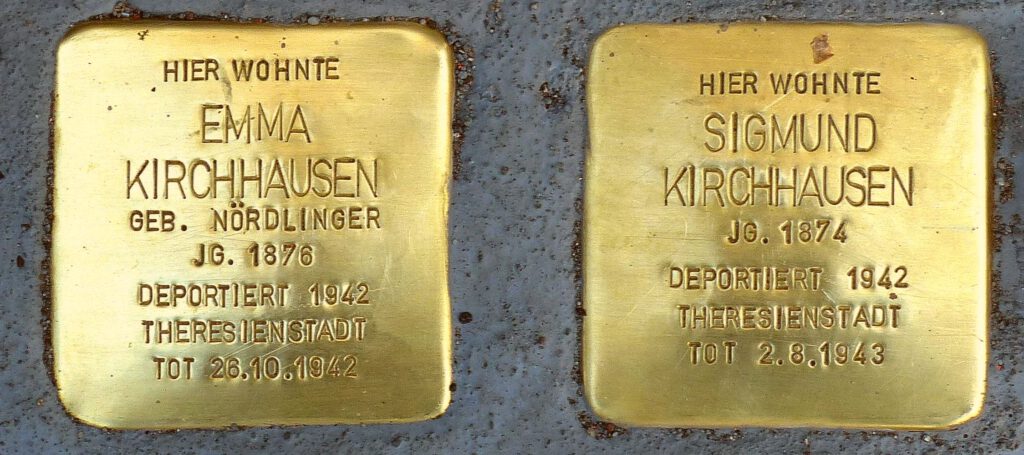
An Inconspicuous Family
„It is true that the Kirchhausen family have lived long years in our house Gartenstraße 48 on the second floor, they were always modest people. Mr Kirchhausen had been a cattle dealer in the Laichingen area, had gone there every Tuesday and Thursday very early, the animals purchased were shipped to Schlachthof Stuttgart (Slaughterhouse Stuttgart) … I think that Mr Kirchhausen owned a small business … It will be correct to say that the Kirchhausen family had to suffer a lot from the boycott measures.”
Emil Geiger remembered with these words in June 1961 the Kirchhausen couple that had been renting in the Geiger house from January 1, 1920 till April 1, 1939. Gertrud Kayser, née Remshardt, had similar recollections of her former neighbours: Herr Kirchhausen had been home only over the weekends. In Aron Tänzer’s volume on the Jews in Jebenhausen and Göppingen the name Kirchhausen only appears on the side – Sigmund Kirchhausen’s cattle trade business did not seem to be worth specially mentioning. The name Kirchhausen is also not mentioned in Aron Tänzer’s book respecting the activities in Jewish organisations.
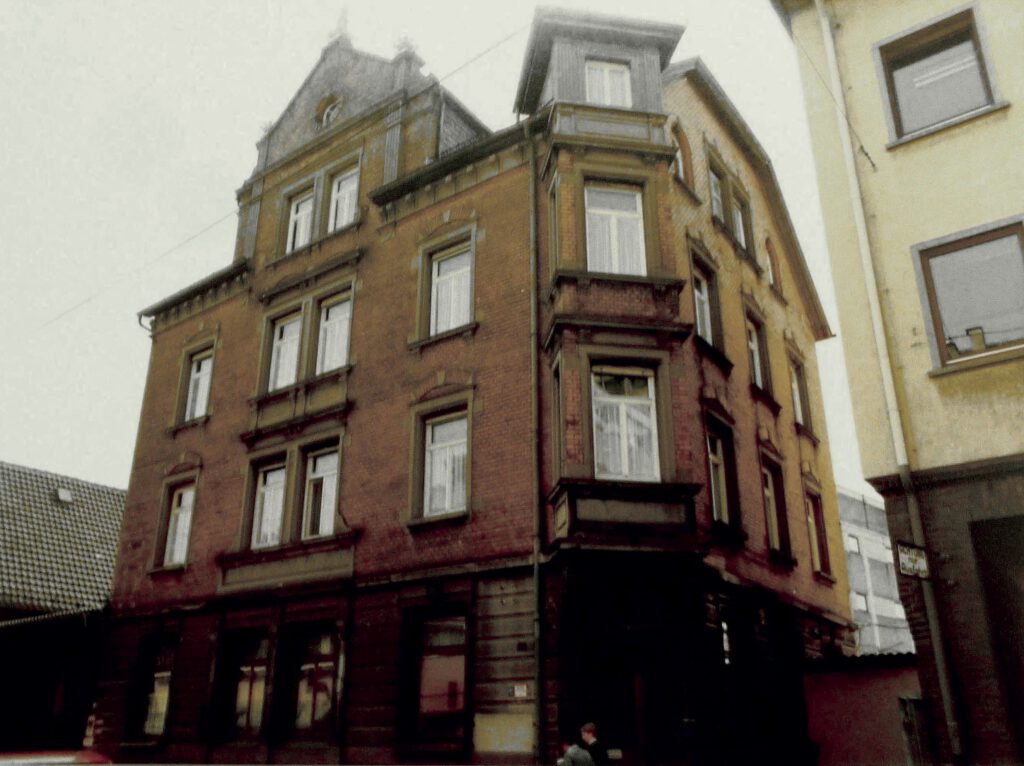
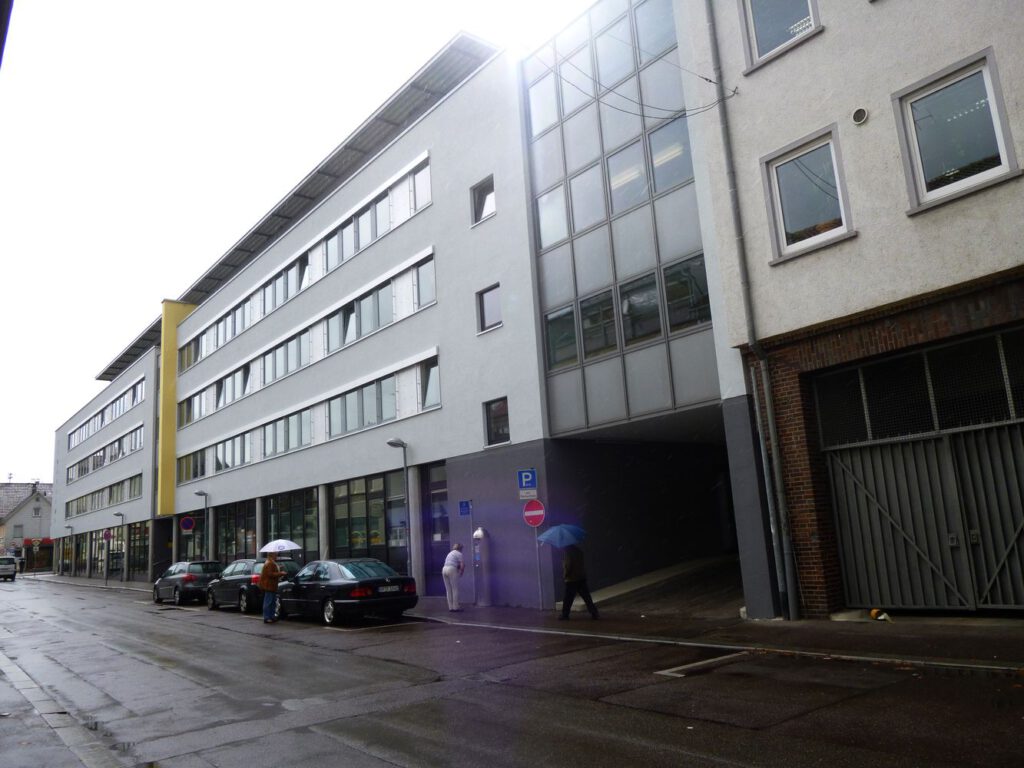
Emma, neé Nördlinger and Sigmund Kirchhausen supposedly came to Göppingen 1902 after they had married in Emma’s birthplace Laupheim in July of that year. Emma was one of the nine children of the couple Leopold Nördlinger and Rebekka, née Löffler- She was born on June 9, 1876. Sigmund’s parents Karl Kirchhausen and Rachel, née Oppenheim lived in Schluchtern in Baden (today Leingarten) near Heilbronn and already his father worked as a cattle dealer. Sigmund, born on July 3, 1874 was the oldest of six brothers and sisters. In Göppingen Emma gave birth to Gretchen on April 25, 1903. Gretchen throughout her lifetime behaved inconspicuously like her parents.
We owe some insight into the life of the Kirchhausen family to Mrs Helga Baur whose mother Sofie Mezger had worked with the Kirchhausens as a household help till November 1938. From oral tradition Frau Baur could report that her mother found the household “refined” and that her mother had been given unusual appreciation: “It was the first position where my mother was allowed to eat at the family table. She received some silver cutlery as a present.” And a little tiny memory: Daughter Gretchen in venturing not to sound provincial had always pronounced the neighbouring village Birenbach as “Birnenbach”. `Biren´ is the dialect version of the high German word `Birnen´ (pears).
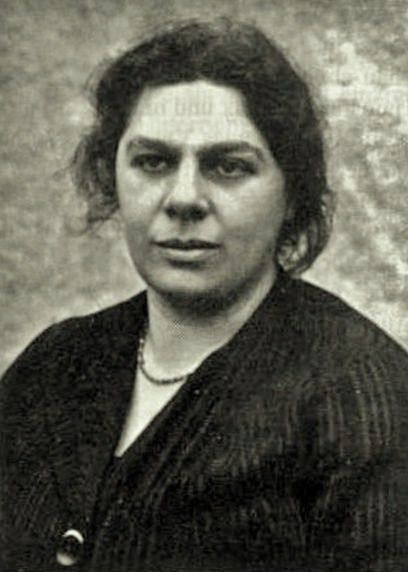
As for Gretchen Kirchhausen: The next trace left by her is the date of her wedding: On August 22, 1930 she married Julius Steiner who was born in Hainsfarth, a Bavarian-Swabian village in the surroundings of Nördlingen. Her husband, three years older, worked as a tradesman and both lived after their marriage in Oettingen, Bavaria.
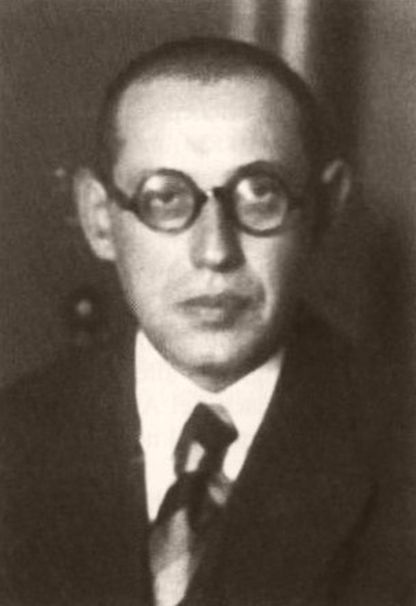
Only from July 1937 the next news of the life of the Kirchhausens dates, not a good one, though. Isidor Fränkl a Göppingen Jew who had for years run a clothes business in the city centre wrote to his son Lothar who had fled to South America: “On the 19th on Monday Frau Kirchhausen called me and I have immediately phoned Dr. Krämer. (K = Kirchhausen) has lost his language capacities and cannot speak any more. The man must suffer terribly … Now I will get ready, it is a quarter past nine in the morning and I will go to the Kirchhausen family.” Might Sigmund Kirchhausen have had a stroke?
When after the pogrom night on 9th to 10th of November 1938 twenty-seven Jewish men from Göppingen were taken to KZ Dachau, Sigmund Kirchhausen was not among them, as almost all Jews older than 60. But it might be possible that he was arrested at pogrom night and had to spend one or two days in prison.
The next document shows how the Nazi state interfered with the lives of the Kirchhausens: On December 29, 1938 Emma Kirchhausen wrote to the registry office Laupheim: “I am applying to add the addition `Sara´ to my name in the registry.” The Nazi law that forced Jews to use the names “Sara” and “Israel” had been issued on August 15, 1938 and was to be in force on January 1, 1939. That Emma filed her application only in the last minute can be interpreted as an act of protest. Emma’s sisters-in-law Betty and Fanny Kirchhausen who lived in Schluchtern had risked it and were fined because they had not displayed the names Sara for some time.
There is no hint that the couple planned to leave Germany. From her mother’s memory Frau Baur knows “that the Kirchhausen family did not believe the stories about the Nazis and believed that the danger would pass soon. And then it was too late.”
The Loss of Their Home
On April 1, 1939 the couple left their home town Göppingen and moved to Heilbronn / Sontheim in the Jewish old age pensioners’ home “Wilhelmsruhe”. How voluntary was that removal? Would Sigmund have under different auspices withdrawn completely from his professional life? As a Jewish cattle dealer his business was banned since January 1, 1939. And even if he had chosen the life of an old age pensioner, would he and his wife have wanted to stay in their apartment where they had lived in the neighbourhood for decades?
The removal into a Jewish institution has to be seen against the background of the “Law on the renting situation of Jews” from April 30, 1939. On the basis of this law the Jews should be forced out of their apartments if the landlord was an “Aryan” as in the case of the Kirchhausens. In the restitution files there is a memo: ”The removal to the old age pensioners’ home had come out of the blue, as I was informed by Frau Guggenheim in America. The apartment was immediately sealed after the removal by the Gestapo. A sale of household goods or even a jumble sale obviously had not been possible.”
The old age pensioners’ home “Wilhelmsruhe” had originally been a spacious and comfortable institution but forced by the Nazis they had to take in many more old people than envisaged. When the couple came to Sontheim, there lived already a Göppingen friend, Berta Tänzer, the widow of the Göppingen rabbi Aron Tänzer, who had moved to Wilhelmsruhe in December 1937. Almost at the same time as the Kirchhausens the three sisters Emilie and Julie Goldstein and Rosa Fleischer moved to Sontheim. As the Goldstein sisters had not lived in Göppingen for years it has to be doubted that they were known to the Kirchhausens. Maybe the couple had visits by Sigmund’s brothers and sisters out of the not so far off Schluchtern? The stay at Wilhelmsruhe did not stop voluntarily as the Nazis closed the institution. Emma and Sigmund had to move into the forced old peoples’ home Herrlingen near Ulm. There they met cramped conditions, isolation and inadequate food. To compensate for this “grace” Sigmund Kirchhausen was blackmailed to pay 6000 Reich marks for the two “Heimplätze” (accommodation for two in a home) as the Ulm archivist Ulrich Seemüller found out. Herr Seemüller continues: “The Kirchhausens lived on a small monthly pension, the major part of which had to be passed on to the Jewish “Reichsvereinigung” (Imperial Jewish Organization) The neediness of the couple was known in Göppingen as on September 3, 1941 Hedwig Frankfurter named those in a letter that should be supported. The letter to Hilde Gutmann ended thus: “You surely think of the Kirchhausens. You see there is so much misery to be cured.”
In the Murder Machine of the Nazis
The stay at Herrlingen also was forcefully terminated as Emma and Sigmund were taken to Castle Oberstotzingen on June 17, 1942 where they met again Rosa Fleischer and Emilie Goldstein. They had a common fate together afterwards. As soon as on August 16 they had to leave Oberstotzingen, stayed three days in Deportation Camp Stuttgart-Killesberg and were transported by train into KZ Ghetto Theresienstadt. Emma Kirchhausen was put onto the hot attic at the summer heat, with toilets stories below, a torture especially for old people. Because of the bad hygiene and the insufficient food many prisoners suffered from diarrhoea. “Enteritis Darmkatarrh” was the official statement on the death certificate in which Emma Kirchhausen’s death was documented on October 26, 1942 at 13:30. Sigmund survived his wife for some months. He died on August 2, 1943 at the age of 69 in the old age clinic ward with the same diagnosis like his wife. A double murder through neglect with deadly accuracy.
The Fate of Their Daughter Gretchen Steiner
When Sigmund died miserably in Theresienstadt his daughter Gretchen and his son-in-law Julius Steiner did not live any more. Already in February 1939 Gretchen and Julius Steiner attempted to flee from Nazi Germany. The emigration into the Dominican Republic failed, because of the lack of the sum of money needed and the immigration into the USA failed because of the waiting period. Even their attempt to find temporary shelter in Palestine was not successful though Victor’s sister Sidonie Ascher who lived there provided an affidavit. From Oettingen where Julius worked as a tradesman, both were forcefully sent to Augsburg together with all Oettingen Jews. In Augsburg the Steiners lived in a shack and were forced to forced labour, Julius as conductor, Gretchen in the balloon company Gersthofen. Through München (Munich) the couple was deported into the extermination camp Auschwitz and murdered there. The exact date of death is not known.
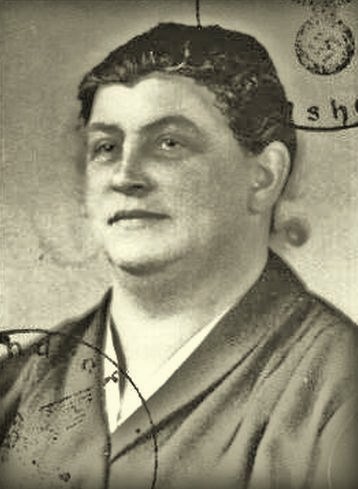
Murdered were also the single brother and sisters of Sigmund who lived in Schluchtern at the beginning of the war: Fanny, Betty and Siegfried Kirchhausen were deported to Gurs / France, and via Drancy sent into the extermination camp Auschwitz on August 10, 1942.
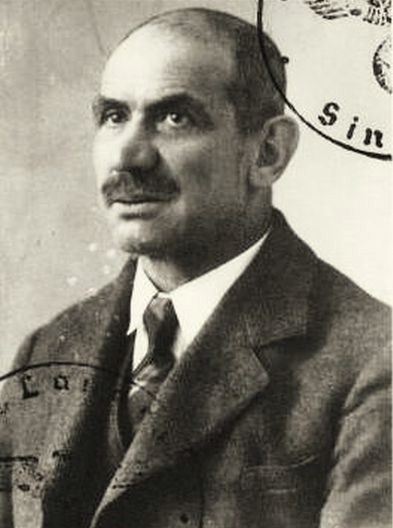
In Emma’s family there were also victims of the Nazi terror: Her oldest brother Siegmund Nördlinger and his wife Rosalie, née Pollack, who lived in Köln (Cologne), were deported into KZ Theresienstadt where Rosalie died while Siegmund Nördlinger ended his life in the extermination camp Treblinka. Emma’s sister-in-law Thekla Nördlinger, née Leiter, who lived as a widow in Laupheim, was murdered in Izbica in April 1942.
On October 2, 2013 Stolpersteine (Stumbling stones) were laid to the memory of Emma and Sigmund Kirchhausen at the spot where house Gartenstraße 48 formerly stood.
(24-01-2017 kmr /pr)


Leave a Reply